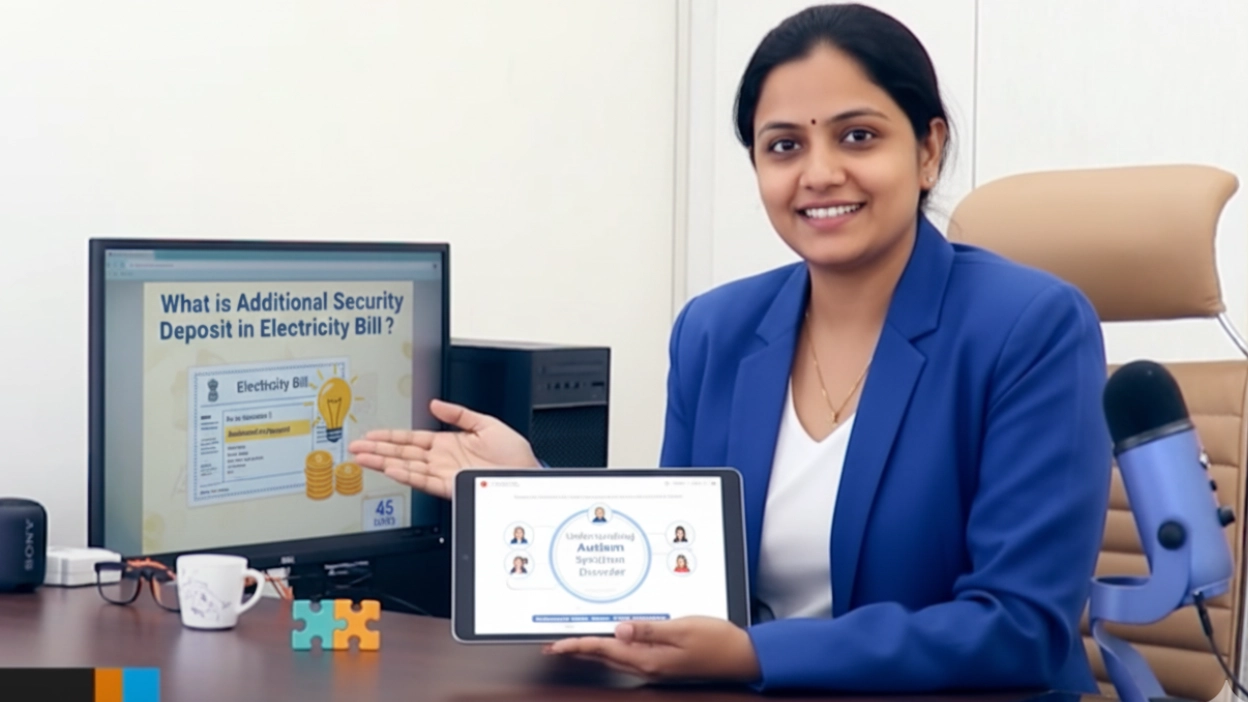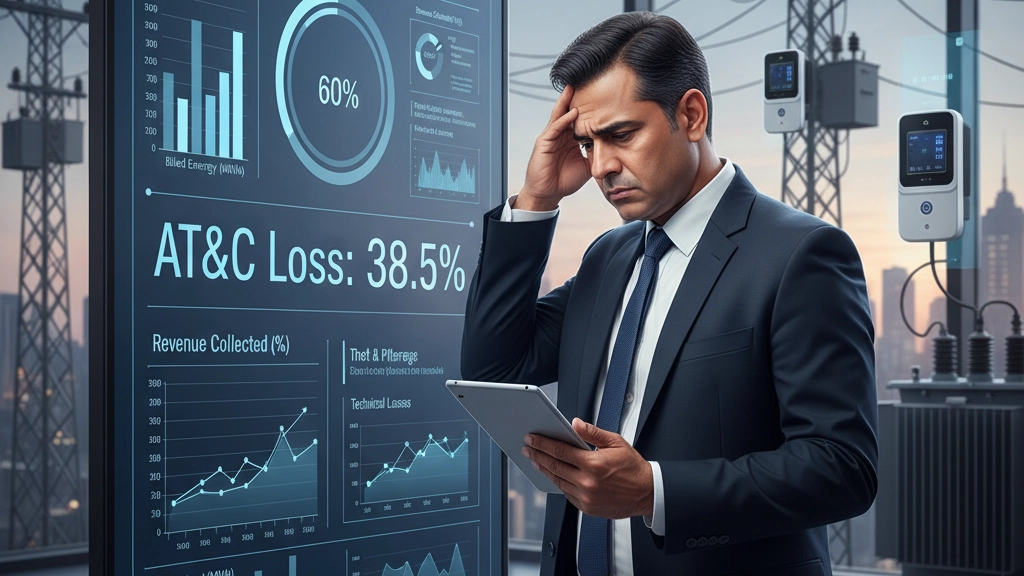The term DISCOM stands for Distribution Company — an entity responsible for delivering electricity to end consumers like homes, industries, and businesses.
To understand DISCOMs better, let’s look at how the power sector is organized in India. It mainly operates through three distinct stages:
1. Generation
Electricity is produced at power plants by using various energy sources — coal, water, gas, wind, or solar.
Examples: NTPC, NHPC, and Uttar Pradesh Rajya Vidyut Utpadan Nigam Limited (UPRVUNL).
2. Transmission
Once generated, electricity is transmitted over high-voltage transmission lines to long distances. This is managed by Transmission Companies (Transcos).
Examples: Power Grid Corporation of India (PGCIL), UPPTCL.
3. Distribution
Finally, electricity reaches your home or workplace through Distribution Companies (DISCOMs). They are responsible for:
- Maintaining local distribution networks,
- Ensuring reliable power supply, and
- Collecting electricity bill payments from consumers.
Examples of DISCOMs: PVVNL, MVVNL, NPPCL, DVVNL, and PuVVNL.
Why “DISCOM” and Not “DISCO”?
With GENCO for Generation and TRANSCO for Transmission, you’d expect DISCO for Distribution, right? Well… not quite!
Calling it DISCO might make people think of Saturday night fever🕺instead of electricity bills.
So, to keep the lights on — literally — the clever folks added an M for company and we have DISCOM! No dance floors, just dependable electricity.





